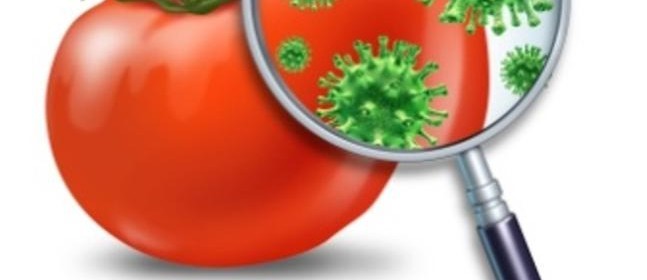World Health Day 2015: Beware of Food-borne Diseases

April 7 marks World Health Day. As much as it is important to ensure that your health be given importance every day, designating this one day is a gentle reminder that we have a lot to do for our minds and bodies to stay healthy.Your body and mind are the lone companions that remain with you life-long, and it’s incredibly important that you stay healthy. One of the biggest factors in keeping healthy is in keeping an eye on what you put into your system.
Did you know that what you eat can be harmful – not just in terms of the nutrient contents, but in terms of the food-borne diseases that it carries? Food-borne diseases or food poisoning is a bit of a global issue. There are as many as 3 to 5 billion cases of diarrhoea in the world, and as many as 1.8 million deaths occur in a year, owing to diarrhoea. With as many as 250 different kinds of food-borne diseases doing the rounds, there is a lot of cause for alarm.
The range of food-borne diseases is carried forward through parasites, bacteria, viruses, allergents, chemicals and toxins. Some of the commonly known kinds of food-borne diseases are as follows.
By and large, all these diseases are accompanied by specific symptoms, but in general, they all exhibit symptoms such as diarrhoea, nausea and vomiting, abdominal cramps and fatigue.
– Campylobacteriosis, caused by a kind of bacteria called Campylobacter, is one of the most common kinds of diarrhoea in the world. This kind of bacteria lives in the intestines of healthy birds, and therefore, is found in poultry, and can be contracted either by eating undercooked or raw chicken, drinking raw milk or unhygienic water.
– E. Coli is also a bacterial form of diarrhoea. The bacteria resides in the intestinal tracts of animals and humans and are harmless, but there are certain strains that can cause food poisoning. It gets into the blood stream through cattle, and consumption of contaminated water, milk and meat can spread this.
– Salmonellosis is a result of salmonella poisoning, which is found in the intestines of birds, reptiles and mammals. Sea food, poultry and even unhygienic water can cause this. Salmonellosis can be life-threatening.
– Shigellosis is caused by Shigella bacteria, which is spread by drinking contaminated water. – Botulism which affects the nerves and causes paralysis and respiratory failure if left untreated. It is caused by the Clostridium botulinum bacteria that can be found in sealed and canned food, and also in some vegetables like potatoes and tomatoes.
– Hepatitis A is a disease of the liver, where there may be an inflammation of the liver, lasting for a few weeks to many months. It can be spread through contact with the one with the disease, and is caused by bad sanitation and unhygienic conditions.
– Norovirus Infection is another food-borne disease that is caused by a virus that is found in contaminated surfaces and food.
References:
http://healthmeup.com/news-buzz/food-safety-foodborne-diseases-you-should-beware-of/35989
http://www.stopfoodborneillness.org/what-is-fbi http://www.who.int/foodsafety/areas_work/foodborne-diseases/en/
Photo Courtesy:www.nettedavi.com
